Greenroofs.com Project of the Week: 8/22/11
Duke University
Ocean Conservation Center (OCC)
Beaufort, NC, USA
2,440 sf. Greenroof
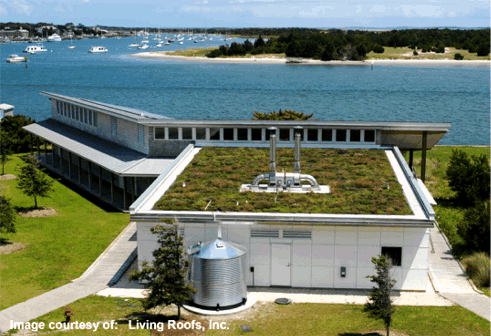
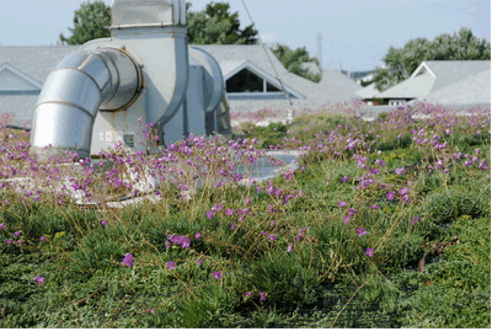 Year: 2010
Year: 2010
Owner: Duke University
Location: Beaufort, NC, USA
Building Type: Educational
Type: Living Wall
System: Single Source Provider, Xero Flor Modified
Size: 2,440 sq.ft.
Slope: 2%
Access: Accessible, By Appointment
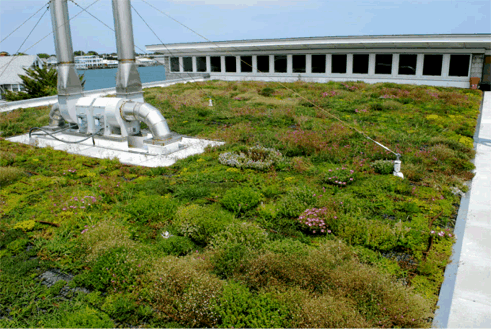
Project Description & Details
Located at the Duke University Marine Laboratory in Beaufort, North Carolina, the 5,600 sf Marguerite Kent Repass Ocean Conservation Center (OCC) is a stellar example of merging the built structure with the site. Built in 2006, it uses geothermal pumps for heating and cooling, solar panels for hot water, and photovoltaic rooftop panels to convert sunlight into electricity. Local building materials, such as yellow southern pine and Atlantic white cedar and recycled wood, are used throughout the structure. Designed by the office of Frank Harmon Architect PA, the OCC was awarded Gold LEED certification.
Installed by Living Roofs, Inc. in 2010 over the low-slope portion of the previous Energy Star® roof, the 2,400 sf greenroof utilizes a pre-vegetated extensive system with specialized components to secure it from high coastal wind exposure. The Xero Flor system was selected due to the structural capacity of the building, availability of regionally sourced material, and the challenges associated with a windy coastal climate as it is certified to resist high wind loads and is also a FM Global accepted assembly for this building and location. Living Roofs, Inc. worked with Xero Flor America and Frank Harmon Architect PA to design the greenroof system and the irrigation which is supplied by a rainwater catchment system.
Designers/Manufacturers of Record
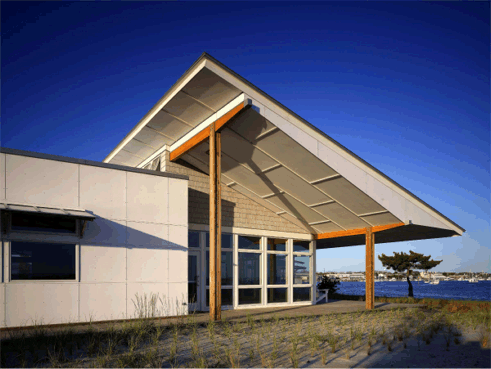 Architect: Frank Harmon Architect, PA
Architect: Frank Harmon Architect, PA
Greenroof Consultant: Living Roofs, Inc.
Greenroof System: Xero Flor XF301 Vegetated Mat Assembly with Enhanced Wind-Uplift Security Modification, Xero Flor America
Waterproofing Material: Sika Sarnafil
Construction: Curtis Construction
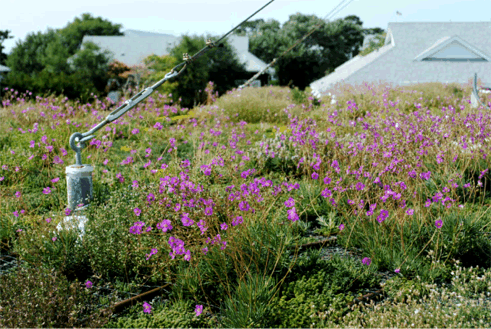
Additional Info
The OCC Marine Lab at the Duke University campus includes historic classrooms ideally suited for the study of marine organisms and the new state-of-the-art teaching facility: the very green Marguerite Kent Repass Ocean Conservation Center.
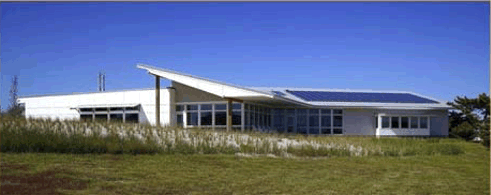
The center houses a teaching laboratory, a 48-seat lecture hall equipped with advanced teleconferencing and videoconferencing facilities to connect to other classrooms and research labs worldwide, and a large, glass-enclosed commons area containing art and sculpture, with views of the Rachel Carson Research Reserve, Beaufort Inlet and Shackleford Banks.
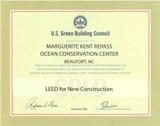
Yet even before the greenroof was installed, in 2009 the OCC Marine Lab was awarded Gold LEED status from the USGBC, partially because of the siting considerations of the sensitive maritime location.
According to the website, the OCC has the following major environmental features:
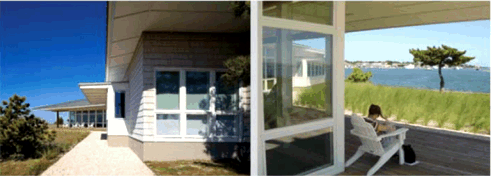
- Site Design: The entire site is designed to take advantage of prevailing winds and sunlight. Native plants and a constructed sand dune system are in place, mimicking the natural landscapes on the adjacent barrier islands.
- Energy Supply: The OCC uses photovoltaic cells to convert sunlight for approximately 20% of the energy needs of the building, and passive solar for heating the water used in the building.
- Heating and Cooling: The OCC uses a geothermal circulation system, taking advantage of the constant temperature of the groundwater below the building, for heating and cooling, supplemented by a conventional heat pump system. All air systems re-circulate air for maximum efficiency.
- Innovative Materials: The exterior of the laboratory portion of the OCC and the interior ceilings are a material called Windscreen, a concrete-based material that is 90% heat and light reflective and is mounted with a “breathable” interface with the supporting wall structure. Walkways to the building are permeable concrete, allowing rain to go directly into the ground beneath the walkways.
- Local Materials: The wood used in the building is either recycled from other buildings, or produced within 500 miles of the building site in Beaufort.
- Non-toxic Paints and Solvents: All paints and solvents used in the OCC are low volatile organic content (VOC).
- Natural Light and Ventilation: The OCC is design for maximum use of natural sunlight and ventilation.
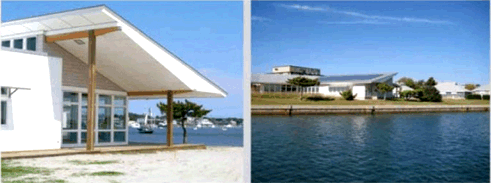
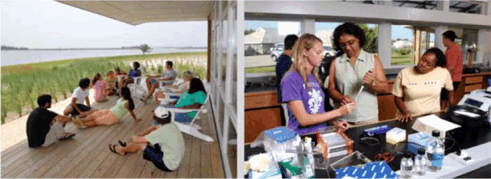
Situated at the point of Pivers Island on the Beaufort campus, here you can get a complete look at the site, surrounded by water – the Atlantic Ocean is just one mile away:
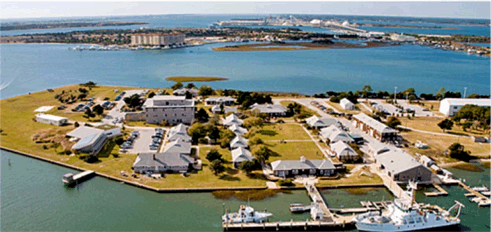
The OCC greenroof received its first true wind withstanding test last season when Hurricane Earl skirted the Outer Banks of North Carolina. The roof received persistent high winds with gusts up to 90 mph, and according to designer/installer Emilio Ancaya, visiting the roof after the storm revealed no signs of growing loss, vegetation damage, or overall changes to the system.
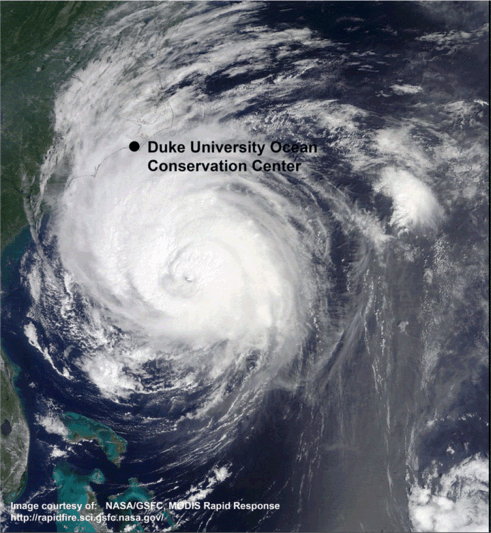
Hurricane Earl was just the first test for this green roof. We will be keeping a close eye during future storms and will definitely keep the green roof community updated as we learn more from this project. ~ Emilio Ancaya, 2010
Of course, after today’s landfall of category 2 Hurricane Irene, seen below from NOAA, any wind effects or other damage and remain to be seen:
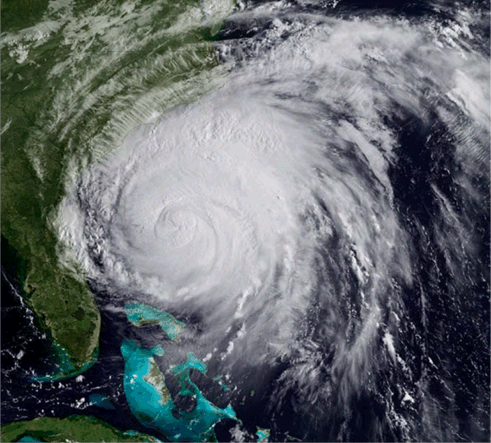
In preparation, the Marine Lab closed for business at noon on Friday, August 26, to allow time to secure the facilities. And Student Arrival/Orientation has been delayed until Monday, after the storm has passed by and the all clear notice has been sent.
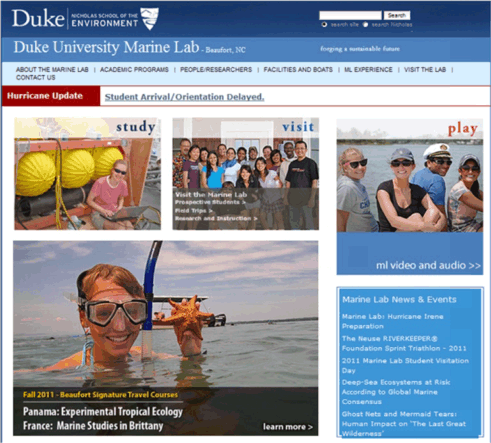
Completed in April 2010, the Duke University Ocean Conservation Center greenroof is visible from ground level and from an adjacent 4-story faculty office and laboratory building – we hope students, faculty and the living roof have weathered this latest hurricane, and we’ll keep you posted!
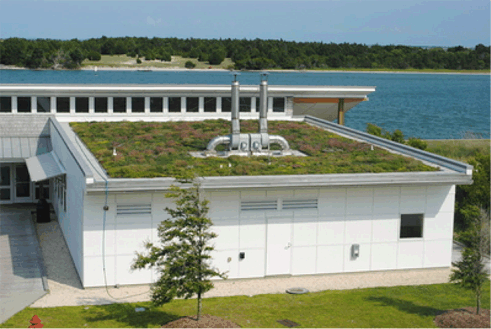
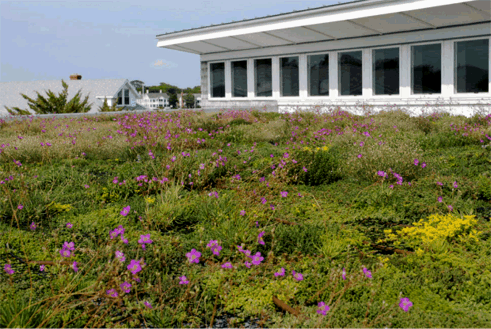
Did we miss something? We’d love to hear from you! Click here to see more information about this project in The International Greenroof & Greenwall Projects Database. See how you can submit yours here.
Love the Earth, Plant a Roof!
~ Linda V.
 Greenroofs.comConnecting the Planet + Living Architecture
Greenroofs.comConnecting the Planet + Living Architecture





Sky Gardens.com: GPW: Duke University Ocean Conservation Center (OCC) | frank harmon architect pa
[…] HERE TO SEE THE ENTIRE ARTICLE photo from Sky […]
GPW: Duke University Ocean Conservation Center (OCC) – Greenroofs.com (blog) | BLE
[…] GPW: Duke University Ocean Conservation Center (OCC)Greenroofs.com (blog)Installed by Living Roofs, Inc. in 2010 over the low-slope portion of the previous Energy Star® roof, the 2400 sf greenroof utilizes a pre-vegetated extensive system with specialized components to secure it from high coastal wind exposure. … […]